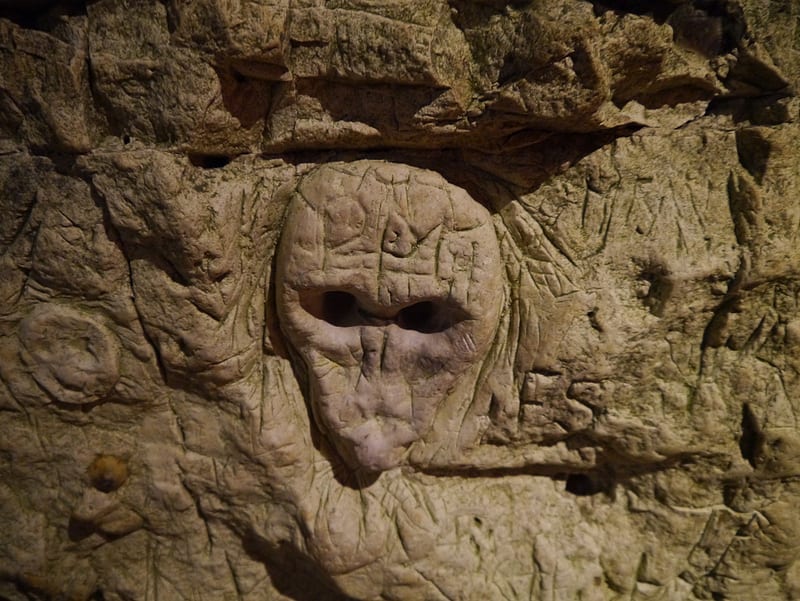Chislehurst Caves hold an eminent place in history with their multifaceted past. Originating as chalk mines in the 13th century, the caves have transformed through the ages to serve as a vital air-raid shelter during World War II and then as a sensational concert venue during the 60s and 70s. Today, they invite thousands each year to explore these vaults of time, teaching us about human innovation, culture, and survival.
Historical Places
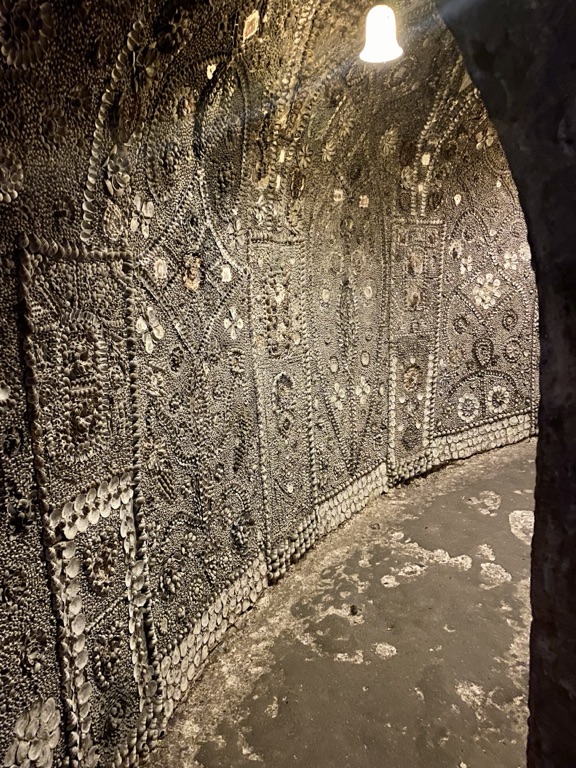
The Shell Grotto in Margate
Found in the coastal town of Margate, UK, the Shell Grotto continues to captivate visitors with its mysterious allure. This subterranean passage, richly decorated with a mosaic of shells, remains one of the most intriguing enigmas in British history. Unearthed in 1835, its origins are a topic of debate among historians, with theories ranging from an ancient temple to a wealthy family’s folly. The Grotto’s walls are adorned with a staggering 4.6 million shells, forming intricate patterns and figures that ignite the imagination. This hidden gem offers a unique peek into a possibly ancient world, and its cryptic past makes it a must-visit destination for history buffs and curious travelers alike.
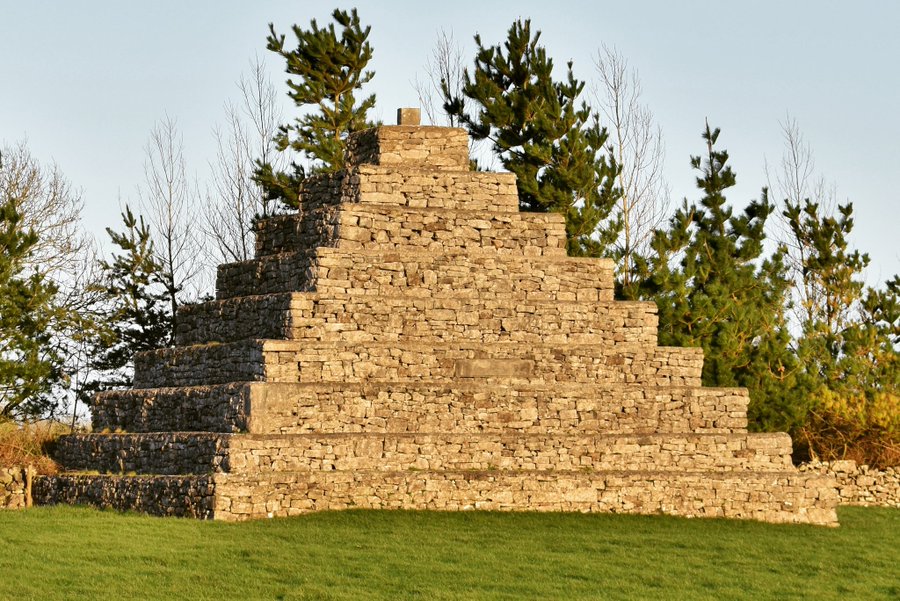
Pyramid in the Neale
The Pyramid in the Neale, located in County Mayo, Ireland, stands as a remarkable monument steeped in history. A symbol of heritage and architectural prowess, this pyramid was constructed by local landlord, John Browne, in the 18th century. It is believed that Browne built this structure in honor of his family, giving it a personal significance that transcends time. Its unique appearance amidst the Irish landscape captivates visitors, drawing them into a narrative woven through the land and its past inhabitants. This structure’s tale is not just about its origin, but also about the Neale village’s rich cultural backdrop.
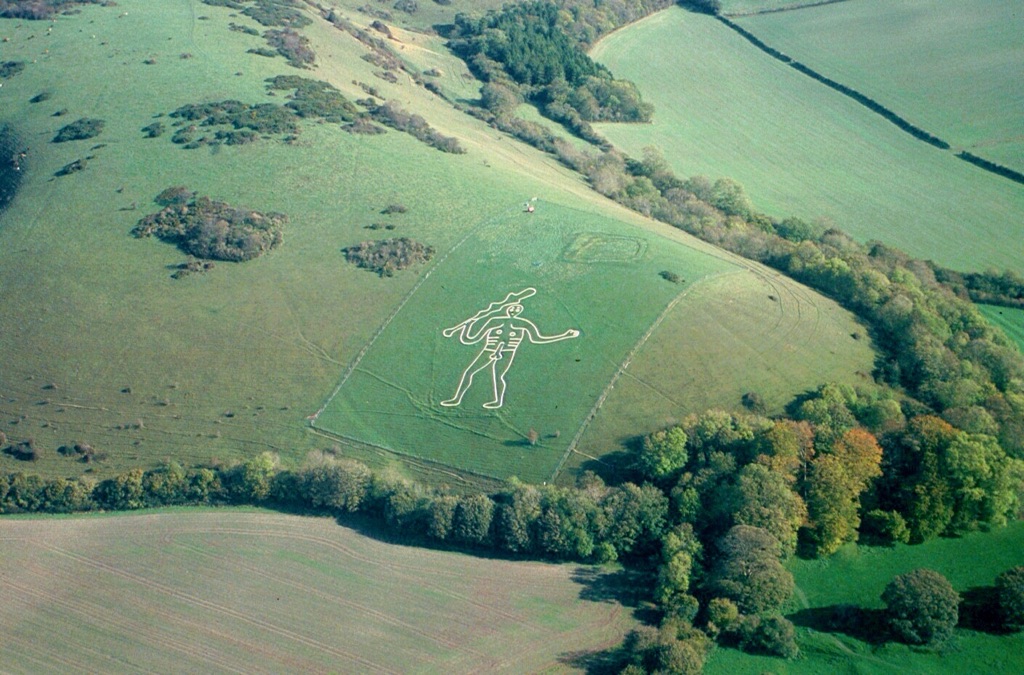
The Cerne Abbas Giant in Dorset, England
The Cerne Abbas Giant in Dorset, UK, is a captivating figure etched into the chalk hills. Shrouded in mystery, its origins and purpose inspire curiosity. Some theories suggest it’s an ancient symbol of fertility, while others believe it to be a caricature of Oliver Cromwell. Its impressive stature and notable phallic symbol have made it both a landmark and a topic of ongoing research and debate.
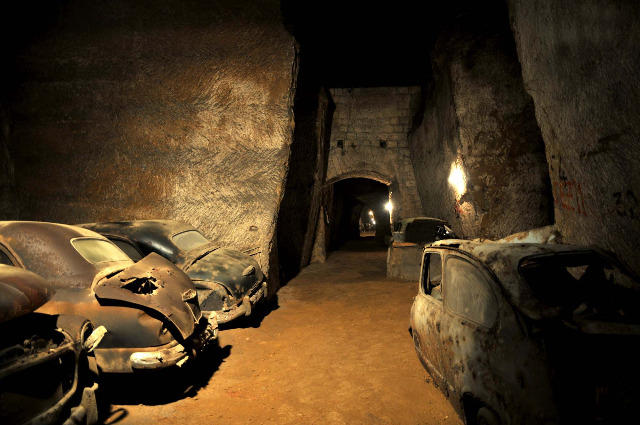
Naples Underground City (Napoli Sotterranea)
Naples Underground City invites visitors to take a rare glimpse into the layers of history buried beneath the bustling streets of Naples. This historic site, known locally as Napoli Sotterranea, spans a fascinating subterranean network of tunnels and chambers. The underground city, carved from the soft tuff stone, dates back to over 2400 years. It served various purposes throughout the ages. From Greek aqueducts and Roman theaters to World War II bomb shelters, each corner tells a unique story. Guests can explore this labyrinthine world and marvel at the remnants of civilization. They will learn how these ancient passageways have been integral to Naples’ defense and evolution.
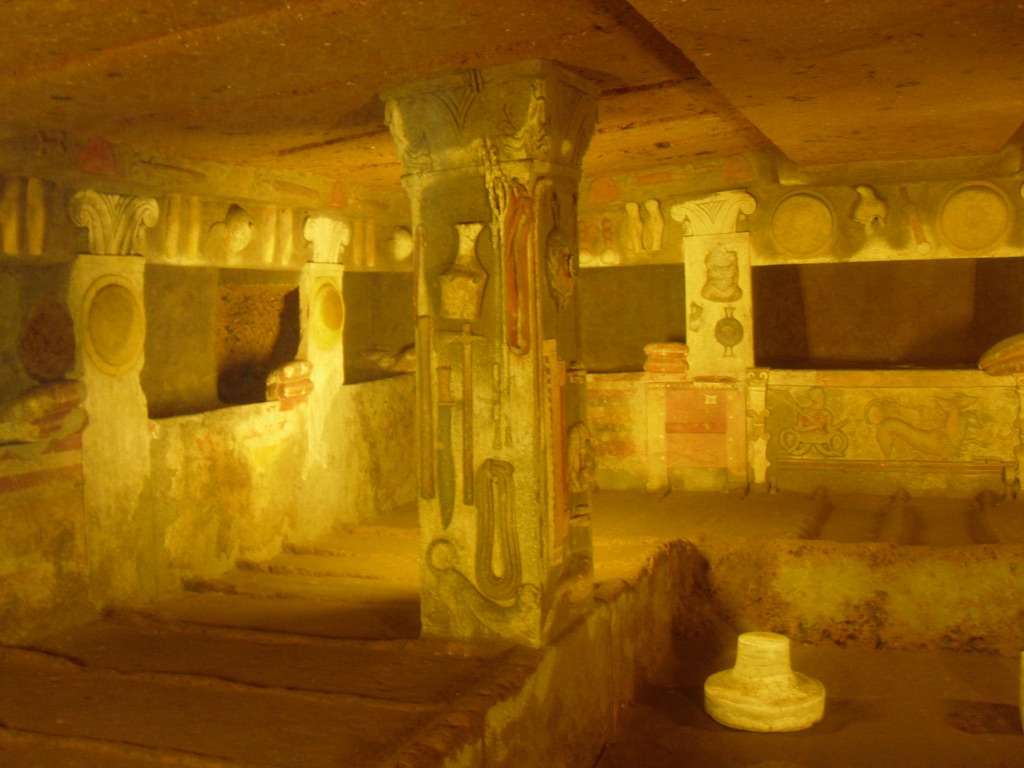
The Etruscan Tomb of the Reliefs
Embark on a journey back to ancient times with the Tomb of the Reliefs. This Etruscan wonder lies in the Banditaccia necropolis, near Cerveteri, Italy. It stands out with its detailed stucco reliefs. They vividly depict tools, weapons, and household items. The tomb, carved in the 4th century BC, gives us a peek into Etruscan daily life and afterlife beliefs. Scholars and tourists alike marvel at its remarkable preservation. On its walls, we can see depictions of a vibrant ancient society. It is a witness to the richness of Etruscan culture.

